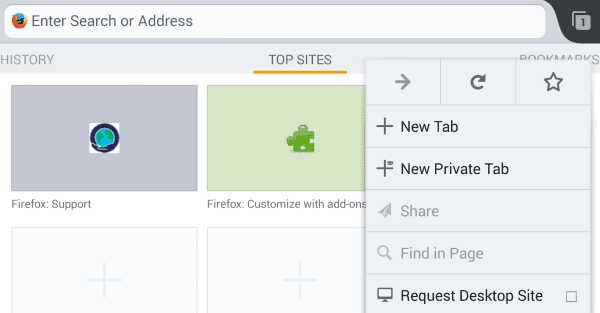
Many of the summary pages at the government's public analytics portal mash those categories together, making it difficult to see some trends.

I was surprised at how small the share is for tablets, but that's in line with recent figures showing a slowdown in tablet sales. (And a side note: Visits from devices running Linux account for a number equal to almost exactly 1 percent of all desktop traffic, although it appears that the government lumps Linux in with the mobile category for some reason.)
SILK BROWSER FOR PC WINDOWS
A more global breakdown would most likely shift a few points to the Windows slice, which aligns nicely with the consensus that Windows has about a 90 percent share of the global market for conventional PCs. It's certainly a safe assumption that the United States is one of Apple's strongest markets for Macs.

(Sorry, I couldn't resist choosing the very appropriate Pac-Man colors for this pie chart.) Windows PCs still make up most desktop traffic
SILK BROWSER FOR PC PC
government sitesĪnd among those desktop visitors, the PC is still dominant, with Macs accounting for roughly 1 in every 7 visits. Here's the breakdown from those 1.4 billion visits: Desktop PCs still dominate web traffic to U.S. The first thing to note is that people still turn primarily to desktop PCs when they need information from the government. I only wish there were a similarly diverse global resource. This dataset is actually an amazingly broad and diverse sample of content that cuts broadly across categories, including ordinary citizens as well as those doing business with the government. Most consumer-based analytics are based on ads, which means b-to-b sites in the insurance industry or banking or retailing are undercounted. There are also people checking in for work-related activities, just as people in the private sector do. Also, did I mention that NASA and the Astronomy Picture of the Day (which is one of the most popular sites on the entire Web) are near the top of the list? Lots of average citizens use government websites to get their passports and find travel information (visas and airline safety, for example, as well as travel advisories). The National Parks Service is in the top 20 as well, along with and. The list of top sites includes the Social Security Administration and the Bureau of Labor Statistics. The two largest are the Internal Revenue Service (with the "Where's my refund?" page, not surprisingly, being very popular) and the National Weather Service, whose forecast pages, including one optimized for mobile devices, are among the most popular on the web. The reality is that it includes a broad mix of consumer facing sites. Update: In the comments, a few people have speculated that this data is not representative. Other countries might show very different results, and a global picture would probably differ considerably as well. The results apply only to the U.S., of course.
SILK BROWSER FOR PC DOWNLOAD
I decided to download the last three months of data (representing more than 1.4 billion individual visits) and zero in on some questions that I've been following for years. government data offers a much more reliable and consistent sample set, and the Google Analytics platform underlying it is the gold standard for measuring web traffic.

The two most popular independent analytics services, StatCounter and Net Applications, have become increasingly unreliable and error-prone. But for the sake of this article one can consider the data to be an accurate snapshot of the U.S.) People from foreign countries occasionally need information from the United States government. (The data reported here is not strictly limited to the United States, of course. population, with a mix of consumers and businesses represented. The database is enormous, and it should be broadly representative of the U.S.

What I love about this data is that we finally have statistically meaningful details about which technologies people are using in the United States today.


 0 kommentar(er)
0 kommentar(er)
